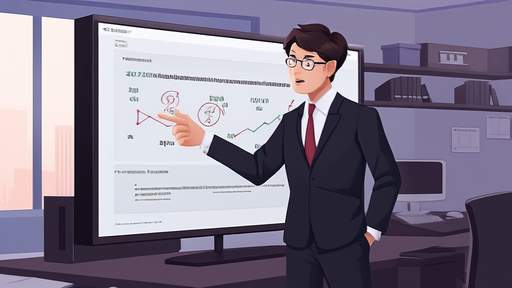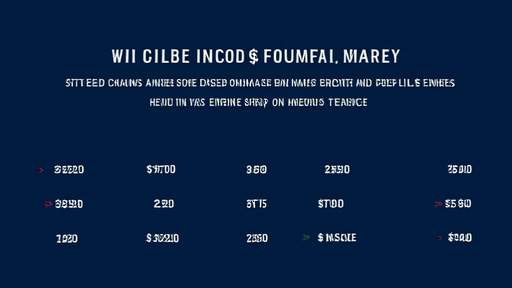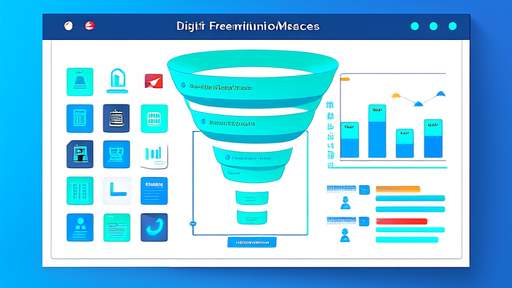The secondary market for private equity fund stakes has evolved from a niche backwater to a thriving arena where billions change hands annually. Once considered the domain of distressed sellers or opportunistic buyers, today's secondary transactions reflect a sophisticated ecosystem with institutional-grade pricing mechanisms. The pricing of these illiquid interests remains both an art and a science, shaped by macroeconomic tides, fund-specific dynamics, and the intricate dance between supply and demand.
At its core, secondary pricing represents a paradox – attempting to assign concrete value to inherently uncertain future cash flows. Unlike public securities with continuous price discovery, these transactions require buyers to underwrite distributions that may materialize over a decade or more. The most sophisticated players employ teams of analysts running Monte Carlo simulations on thousands of potential exit scenarios, while others rely on heuristic approaches honed through market cycles.
Fundamentally, three valuation approaches converge in secondary pricing. Discounted cash flow models dominate, with buyers building detailed waterfalls to project carried interest hurdles and management fee offsets. Comparable transactions provide reality checks, though the lack of standardized reporting often renders these imperfect benchmarks. Finally, net asset value (NAV) serves as an anchor – particularly for younger funds – despite its inherent backward-looking nature.
The calculus grows more complex when accounting for the J-curve effect in younger funds. Buyers must underwrite not only the existing portfolio but the manager's ability to deploy remaining capital. This explains why funds in their first three years frequently trade at steeper discounts than mature vehicles, with pricing sometimes reflecting a "double discount" – first on unfunded commitments, then on the portfolio itself.
Portfolio composition creates dramatic pricing dispersion. A secondary interest in a venture fund heavy on pre-revenue startups might price at 50% of NAV, while a buyout fund with seasoned assets near exit could command 90% or more. Savvy buyers dissect sector exposures, with technology and healthcare typically outperforming more cyclical industries in recent years.
Market technicals exert equal force on pricing dynamics. The 2022-2023 period demonstrated how rapidly the balance can shift – from a seller's market with premiums for quality assets to a buyer's market with widening discounts as liquidity demands surged. Pricing grids now routinely incorporate adjustment mechanisms for large blocks or concentrated positions, recognizing that liquidity comes at a cost even in private markets.
Perhaps most intriguing is the emergence of structured secondaries as a pricing innovation. These transactions might involve deferred payments tied to future distributions or earn-outs based on portfolio performance. Such arrangements allow buyers and sellers to bridge valuation gaps by effectively sharing the risk of future outcomes – a far cry from the binary pricing of early secondary deals.
The growing sophistication of secondary pricing mirrors the market's maturation. Where once pricing relied on crude NAV discounts, today's transactions incorporate option-adjusted spreads, volatility assumptions, and even ESG scoring adjustments. This evolution has enabled the market to absorb ever-larger transactions, including billion-dollar portfolio sales by sovereign wealth funds and pension plans.
Looking ahead, secondary pricing faces both challenges and opportunities. The proliferation of continuation funds has introduced new complexities around fairness opinions and conflict management. Simultaneously, blockchain-enabled solutions promise greater transparency in pricing data, potentially reducing information asymmetries that have long characterized this market.
As institutional investors increasingly treat private equity as a liquid asset class rather than a locked-up commitment, pricing mechanisms will continue evolving. The next frontier may involve real-time secondary pricing indices or derivatives to hedge valuation risk – developments that would have seemed unimaginable when the first fund stakes changed hands in backroom deals decades ago.
The secondary market's pricing sophistication ultimately serves a crucial function in the private equity ecosystem. By providing exit options and liquidity solutions, it enables capital recycling that benefits both existing investors and new entrants. As the market grows in size and complexity, its pricing mechanisms will likely become increasingly central to how the entire industry values illiquid assets.

By /Jun 3, 2025

By /Jun 3, 2025

By /Jun 3, 2025

By /Jun 3, 2025

By /Jun 3, 2025

By /Jun 3, 2025

By /Jun 3, 2025

By /Jun 3, 2025

By /Jun 3, 2025

By /Jun 3, 2025

By /Jun 3, 2025

By /Jun 3, 2025

By /Jun 3, 2025

By /Jun 3, 2025

By /Jun 3, 2025

By /Jun 3, 2025

By /Jun 3, 2025

By /Jun 3, 2025

By /Jun 3, 2025

By /Jun 3, 2025